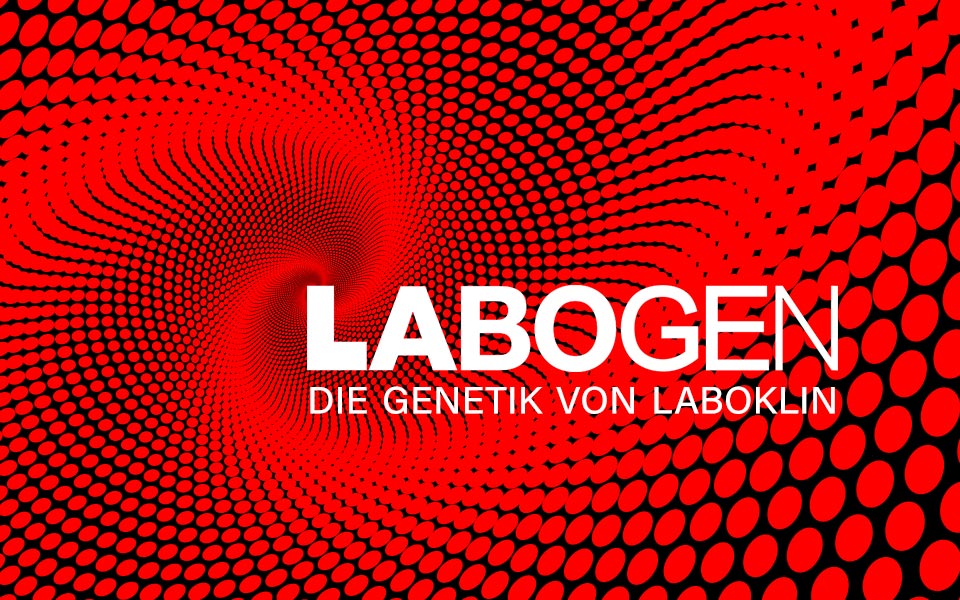Dwarfism (ACAN, Chrondrodysplasie)
Dwarfism (ACAN, Chrondrodysplasie)
General description
Dwarfism is most common in Shetland ponies and miniature horses. Phenotypical features of this hereditary disease are breathing problems due to a cleft palate, deformed mouths, shortened limbs and bowed forelegs, disproportionately large cranium and shortened neck, protruding eyes, abdominal hernia and a shortened rib cage.
Breeds
American Miniature Horse, Shetland pony
Order details
| Test number | 8548 |
| Abbreviation | ACAN |
| Sample material | 0.5 ml EDTA blood, mane/tail hair roots |
| Test duration | 7-14 working days |
Test specifications
| Symptom complex | skeletal |
| Causality | causally |
| Literature | OMIA:001271-9796 |
Detailed description
Dwarfism is most common in Shetland ponies and miniature horses. Phenotypical features of this hereditary disease are breathing problems due to a cleft palate, deformed mouths, shortened limbs and bowed forelegs, disproportionately large cranium and shortened neck, protruding eyes, abdominal hernia and a shortened rib cage. As a result, affected animals are often not viable or have to be euthanized due to the poor quality of life. A mutation in the ACAN gene is responsible for this form of dwarfism. 4 different mutations, which cause the autosomal-recessive disease, are known so far. These are named D1, D2, D3*, and D4 and are also pathogenic as compound heterozygous genes. Compound heterozygous variants together with D1 (except N/D1) are more deleterious and often lead to death. A combination with the D2 variant is considered as the mildest form of dwarfism.



